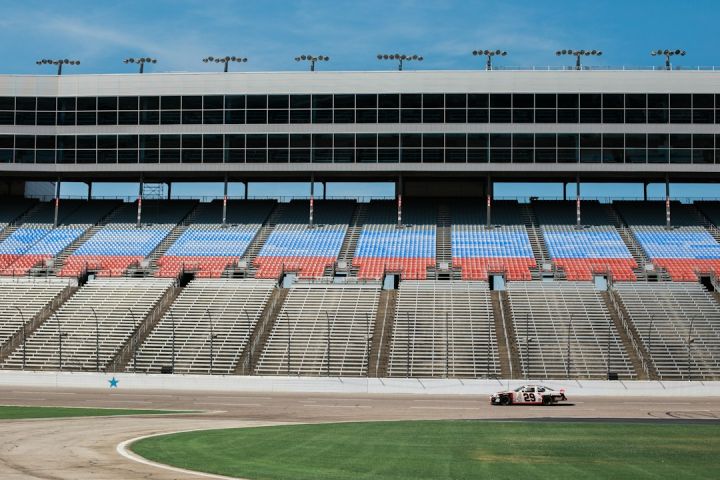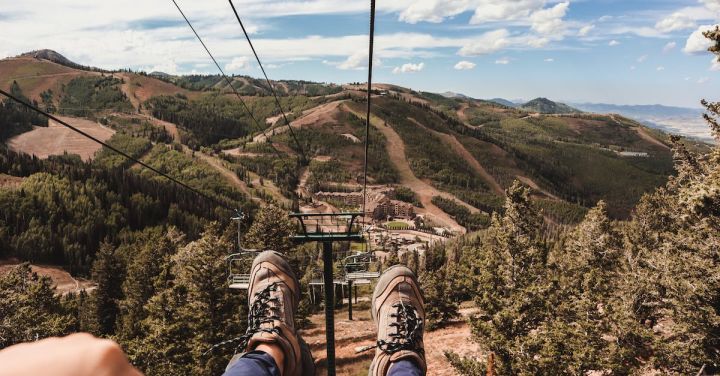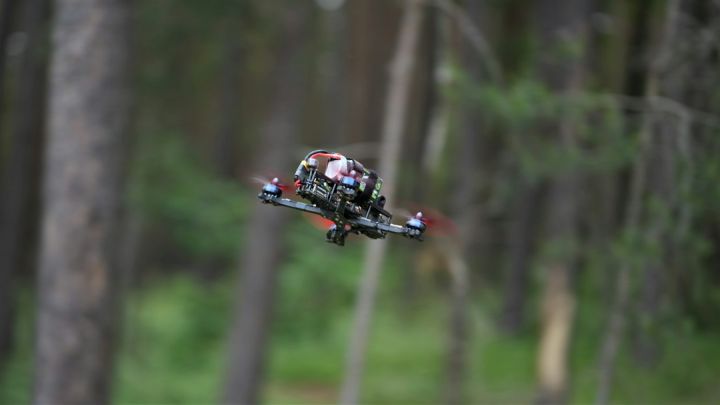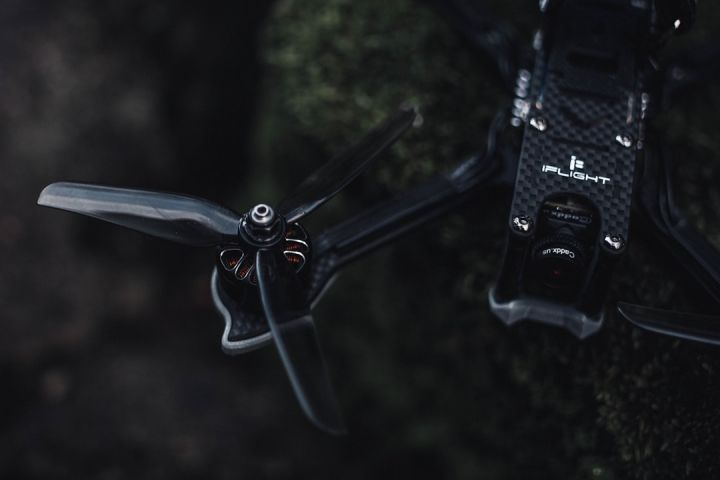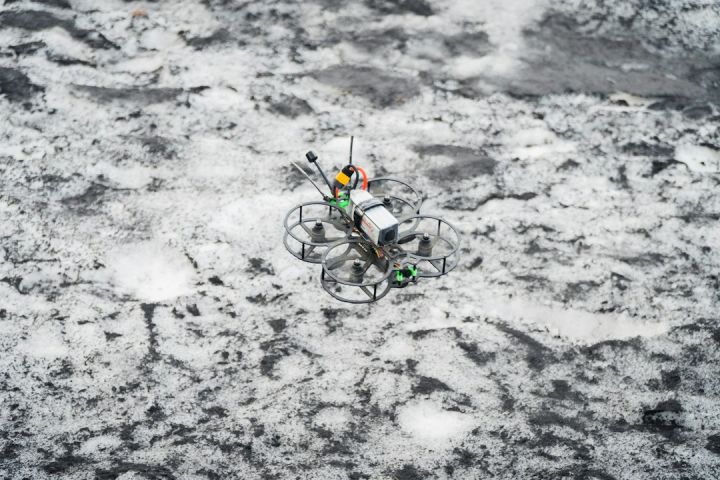What Are the Physical Demands of Fpv Racing?
FPV (First-Person View) racing has gained immense popularity in recent years, attracting adrenaline junkies and tech enthusiasts alike. This thrilling sport involves flying remote-controlled drones at high speeds, navigating through challenging obstacle courses, all while wearing FPV goggles that provide a real-time view from the drone’s perspective. While it may seem like a hobby that only requires good hand-eye coordination, FPV racing actually demands a significant amount of physical fitness and endurance. In this article, we will explore the physical demands of FPV racing and why it is essential for enthusiasts to be in top shape.
Quick Reflexes: The Key to Success
When it comes to FPV racing, quick reflexes are a crucial component of a racer’s skill set. The ability to react swiftly to sudden changes in direction or obstacles can make all the difference between success and failure. This requires not only sharp hand-eye coordination but also a high level of physical agility. Racers must be able to make split-second decisions and move their hands and fingers with precision to control the drone accurately.
Endurance: A Marathon, Not a Sprint
FPV racing may be a short-lived event, with races typically lasting a few minutes, but it demands a level of endurance similar to that of a marathon runner. The physical strain on the body during these intense races is significant. Racers experience elevated heart rates, increased respiration, and muscle fatigue as they navigate the course. Maintaining focus and stamina throughout the race is essential to achieving optimal performance. Building endurance through regular cardiovascular exercise and training is crucial for FPV racers to sustain their energy levels during races.
Strength and Agility: The Building Blocks of Success
While FPV racing may not require athletes to lift weights or perform physically demanding tasks, having a certain level of strength and agility is vital. A racer needs to have a firm grip on their transmitter, which often involves holding it for extended periods. Additionally, the ability to make quick and precise movements with their hands and fingers is essential for controlling the drone effectively. Strengthening the muscles in the hands, wrists, and forearms through exercises such as grip training can significantly improve a racer’s performance.
Mental Focus: The Ultimate Challenge
FPV racing isn’t just physically demanding; it also demands intense mental focus. The high speeds, tight turns, and rapid changes in direction require racers to stay fully engaged and concentrate on the task at hand. One momentary lapse in focus can lead to a crash and an end to the race. Developing mental endurance and the ability to block out distractions is crucial for FPV racers to maintain their concentration throughout the race.
Conclusion: The Physical Demands of FPV Racing
FPV racing is a thrilling sport that combines the excitement of drone flying with the adrenaline rush of high-speed racing. However, it is not a hobby for the faint of heart. The physical demands of FPV racing require racers to have quick reflexes, endurance, strength, agility, and mental focus. To excel in this sport, enthusiasts must prioritize physical fitness and train their bodies and minds accordingly. By doing so, they can push their limits, achieve their best performances, and fully immerse themselves in the exhilarating world of FPV racing.

